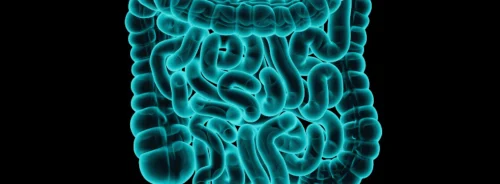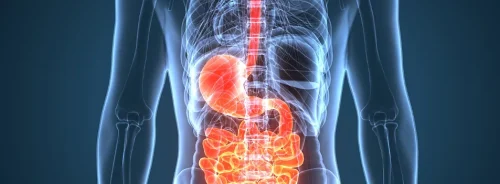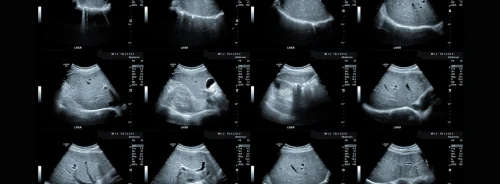Breast carcinoma remains the most common malignant tumour in women worldwide. A key factor in its progression is angiogenesis, the formation of new blood vessels that support tumour growth and metastasis. The microvasculature provides essential information for distinguishing malignant from benign breast lesions, as malignant lesions often display irregular, tortuous and densely packed vessels.
Conventional imaging techniques such as magnetic resonance imaging and Doppler ultrasound can offer insights into vascularity but face limitations in resolution and sensitivity, especially for low-flow vessels. Contrast-enhanced ultrasound improves visualisation but is restricted by the acoustic diffraction limit. Ultrasound localisation microscopy (ULM), also known as ultrasound super-resolution imaging, overcomes this barrier by tracking microbubble contrast agents with micrometre-level precision. This technique allows highly detailed assessment of vessel morphology and flow, offering new diagnostic opportunities.
Microvasculature patterns as diagnostic indicators
One of the most significant findings in the application of ULM to breast lesions lies in the qualitative assessment of microvasculature morphology. Benign lesions were most commonly associated with dot-like, line-like or branch-like vascular patterns, observed in 93 percent of cases. In contrast, malignant lesions were strongly correlated with chaotic vessel arrangements, evident in 94 percent of cases. This clear distinction highlights the diagnostic potential of vascular morphology when imaged at super-resolution levels.
Importantly, ULM also corrected misclassifications made by contrast-enhanced ultrasound, identifying benign characteristics in several cases previously labelled as malignant. These observations underscore the ability of ULM to provide clarity in borderline or uncertain diagnostic scenarios, particularly where existing modalities yield ambiguous results.
Quantitative parameters and diagnostic performance
Beyond qualitative assessments, ULM enables precise measurement of multiple vascular parameters, including density, diameter, tortuosity and flow velocity. In malignant lesions, microvasculature density, mean and largest diameters and maximum tortuosity were significantly greater compared with benign lesions. For example, the largest vessel diameter demonstrated the strongest diagnostic performance, achieving an area under the curve (AUC) of 0.962, with sensitivity of 88.2 percent and specificity of 92.9 percent. Conversely, benign lesions showed significantly higher mean flow velocity than malignant ones.
Must Read: Ultrasound-Based Radiomics for Predicting HER2-Low Breast Cancer
These results suggest that vessel calibre and complexity are hallmarks of malignant angiogenesis, while benign lesions maintain more orderly and faster-flowing vasculature. Importantly, the reproducibility of ULM measurements was excellent, with intra- and inter-operator reliability exceeding 0.90 across all parameters, supporting the robustness of the method in clinical settings.
Clinical implications and limitations
The clinical implications of ULM are considerable. By providing unprecedented resolution of microvascular architecture, ULM offers the potential to improve diagnostic accuracy, reduce unnecessary biopsies and guide more precise sampling by identifying areas of greatest vascularity. Its particular value lies in correctly classifying low-suspicion benign lesions that are often overdiagnosed as malignant with existing contrast-enhanced ultrasound. Additionally, ULM shows promise in differentiating between lesion types such as fibroadenomas and benign phyllodes tumours, which often present similar imaging and histological features.
However, the technique is not without limitations. Imaging quality can be affected by microbubble concentration and patient movement, both of which can interfere with localisation accuracy. Furthermore, the current evidence base remains small, with limited sample sizes and reliance on two-dimensional imaging planes. Future work with larger cohorts and three-dimensional imaging will be required to validate and expand its clinical utility.
ULM represents an important advancement in breast imaging, bridging the gap left by conventional ultrasound and magnetic resonance modalities. By enabling detailed visualisation of microvascular morphology and quantitative haemodynamic assessment, it provides a reliable means of distinguishing benign from malignant lesions. Its reproducibility and diagnostic performance indicate strong potential for integration into clinical workflows, particularly in reducing misdiagnoses and unnecessary interventions. While further research is needed to overcome technical limitations and confirm findings in larger populations, ULM stands as a promising tool that could reshape diagnostic strategies in breast cancer care.
Source: Insights into Imaging
Image Credit: iStock






